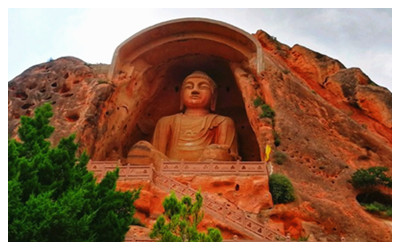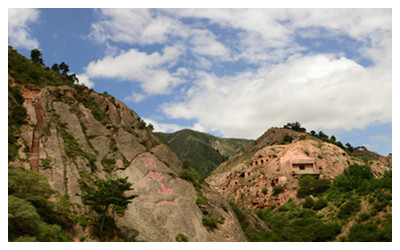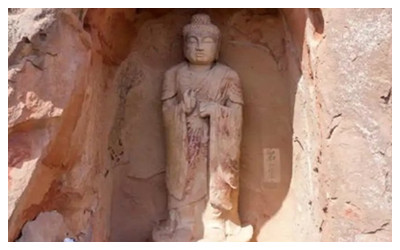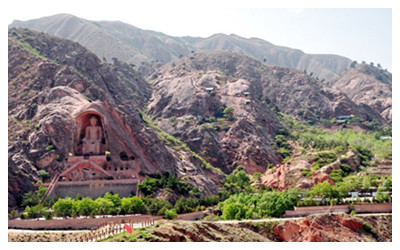Skype: neodalle-travel
Tel: +86 135 7447 2266
E-mail: sales@visitaroundchina.com


Mount Sumeru Grottoes houses about 150 caves arranged along eight Cliffside walls stretching for one mile. The grottoes feature eight scenic spots from north to south: Heishi Gou (Black Stone Channel), Sange Yao (Three Caves), Songshu Wa (Pine Hollow), Taohua Dong (Peach Blossom Cave), Xiangguo Temple, Yuanguang Temple, Zisun Palace and Big Buddha Tower. There are over 350 cliffside images including stone tablets, inscriptions, and mural paintings.


Unlike Longmen Grottoes and Yungang Grottoes which were built in the high cliffs to offer visitors a panoramic view, Mount Sumeru Grottoes were built along the contour of the mountains. Some of the caves are hidden and some are visible and they all seem to come in endless variations. The grottoes tend to reflect the unique style of the epoch in which they were created. For example, the Buddha statues in the Northern Wei Dynasty retain the flavor of Indian Buddhism. The Sui’s Buddha statues are simple and pristine while the Tang’s sculpture achieve near perfection. The latter’s statues are full-size figures wearing luxurious attire reflecting the sophistication and quality of Tang Dynasty art.
Mount Sumeru Grottoes are a cultural icon and an important site for researching religious art.
 Ask Questions ?
Ask Questions ?